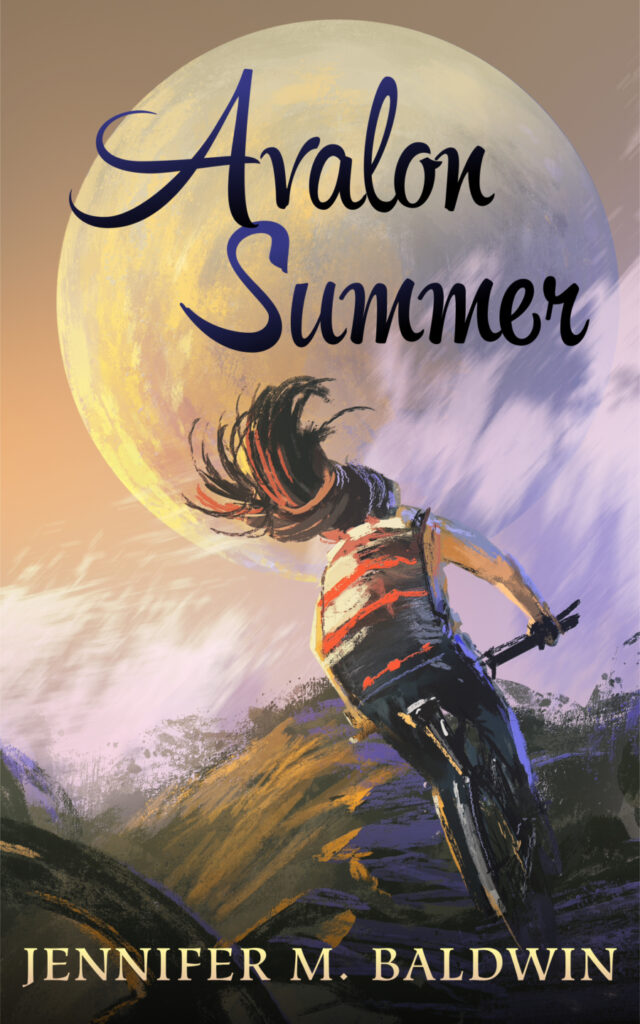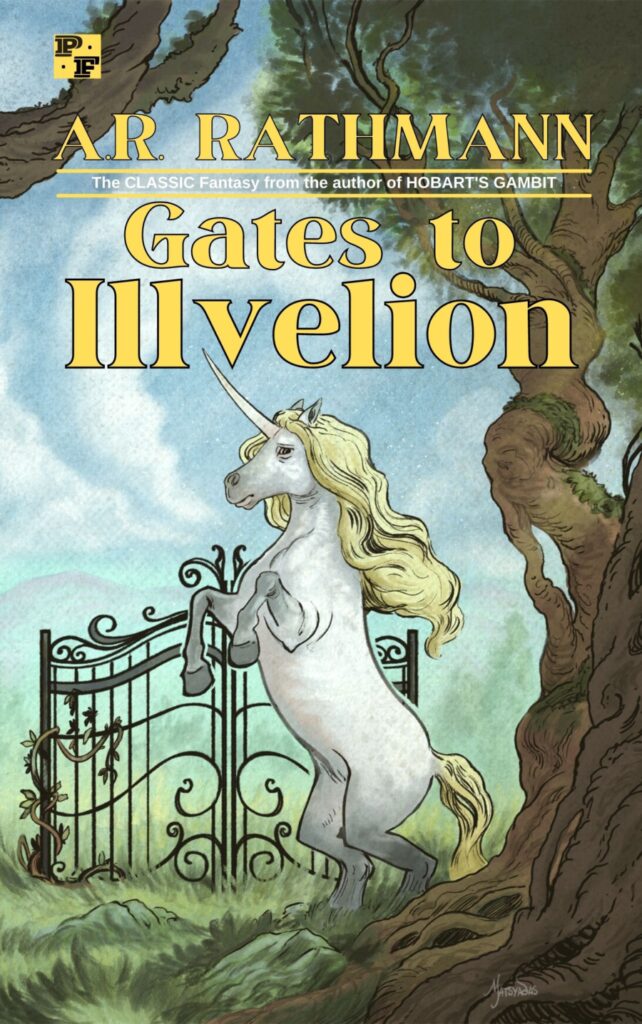
I keep a writer’s notebook, and since I also carry a backpack with me most places, I used to take the WNB with me everywhere.
But honestly, I hardly ever took the full-sized notebook out in public and wrote in it. Just too unwieldy.
I like the idea of having one notebook where I keep all my thoughts, but since I’ve been watching a bunch of notebook “advice” videos, I’ve warmed up to the idea that maybe I need different notebooks for different things and different situations.
I started writing my fiction in my “fiction notebook.” And then I bought a Leuchtturm 1917 notebook for my RPG notes. Then, finally, I bought a little pocket notebook to be my “on-the-go” notebook for random thoughts and ideas. Basically, a substitute for my main writer’s notebook.
I almost bought a Field Notes pocket notebook, but my kids really love these little blank comic book notebooks from the Unemployed Philosophers Guild, and they’re the right size to fit in my pants pockets, so I thought I’d go a little quirkier than Field Notes and get a notebook from the Unemployed Philosophers instead.
There are many to choose from, but I went with the Cloudspotting one to start because cloud-watching is also a hobby I’ve wanted to start for a while, so I thought I could capture my random thoughts and sketch and identify clouds at the same time.
So far, about half-way through the notebook, I’m glad that I’ve started carrying it around almost everywhere I go. First, it allows me to be unshackled from having to take my backpack everywhere in order to have my full-sized notebook with me. I can leave my backpack at home when I go for a walk around the neighborhood or to the library or wherever, and yet I can still jot down some ideas in my cloudspotting notebook if necessary.
I find that I DO jot down things more often now that I’m carrying the pocket-sized notebook. It’s not nearly as weird to take out my little notebook and write a few lines of dialogue for a story or a blogging idea or whatever. And there’s the added bonus of getting to sketch some clouds if the mood takes me. (I don’t always use the cloud-sketching areas, though, so maybe next time I’ll get a more “normal” writing notebook.)
Often, I take the ideas in the pocket notebook and transfer them to my main notebook or use them in my fiction. I end up spending a lot of time during the day thinking about my fiction, about my writing ideas, and this, in turn, keeps my momentum going for my various writing projects. I’m less “stuck” since carrying around my pocket notebook.
In theory, I like the idea of one notebook for everything, but in practice, the multiple-notebooks strategy really does allow me to do more writing throughout the day. I grab my pocket notebook instead of my phone when I’m waiting in line or watching my kids at the park. I flip through it to reread earlier ideas and ruminate on them a bit more, sometimes expanding them, sometimes challenging or changing them. I look at the clouds and try to figure out which type they are, spending a few minutes sketching and paying attention to the weather and the wind.
And yeah, I like that my pocket notebook is a little different, that it’s got a bit more character than an ordinary Field Notes or whatever. I smile when I see the Cloudspotting cover. It’s kind of silly, but the silliness actually makes me want to use it more. I don’t know why, but the whimsy of a “cloud” notebook (or a “Captain’s Log” or “Neverland Passport”) gives me a jolt of pleasure that’s just strong enough to counteract the lure of my phone. I’m trying to break the habit of looking at my phone whenever I get bored, and if it means carrying around a quirky little notebook, then that’s what I’ll do.
And I’m getting more writing done too. Which is the whole point of a notebook anyway.






